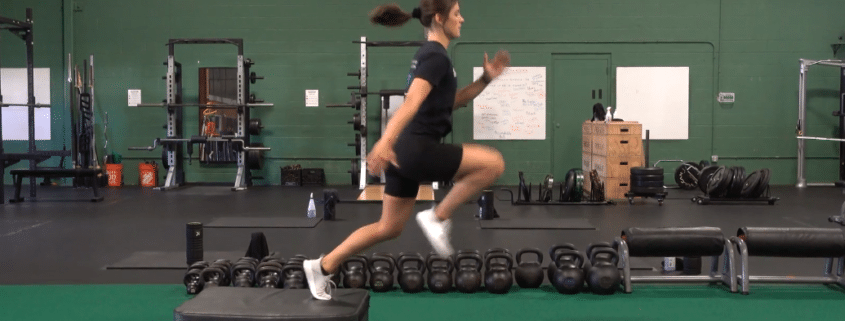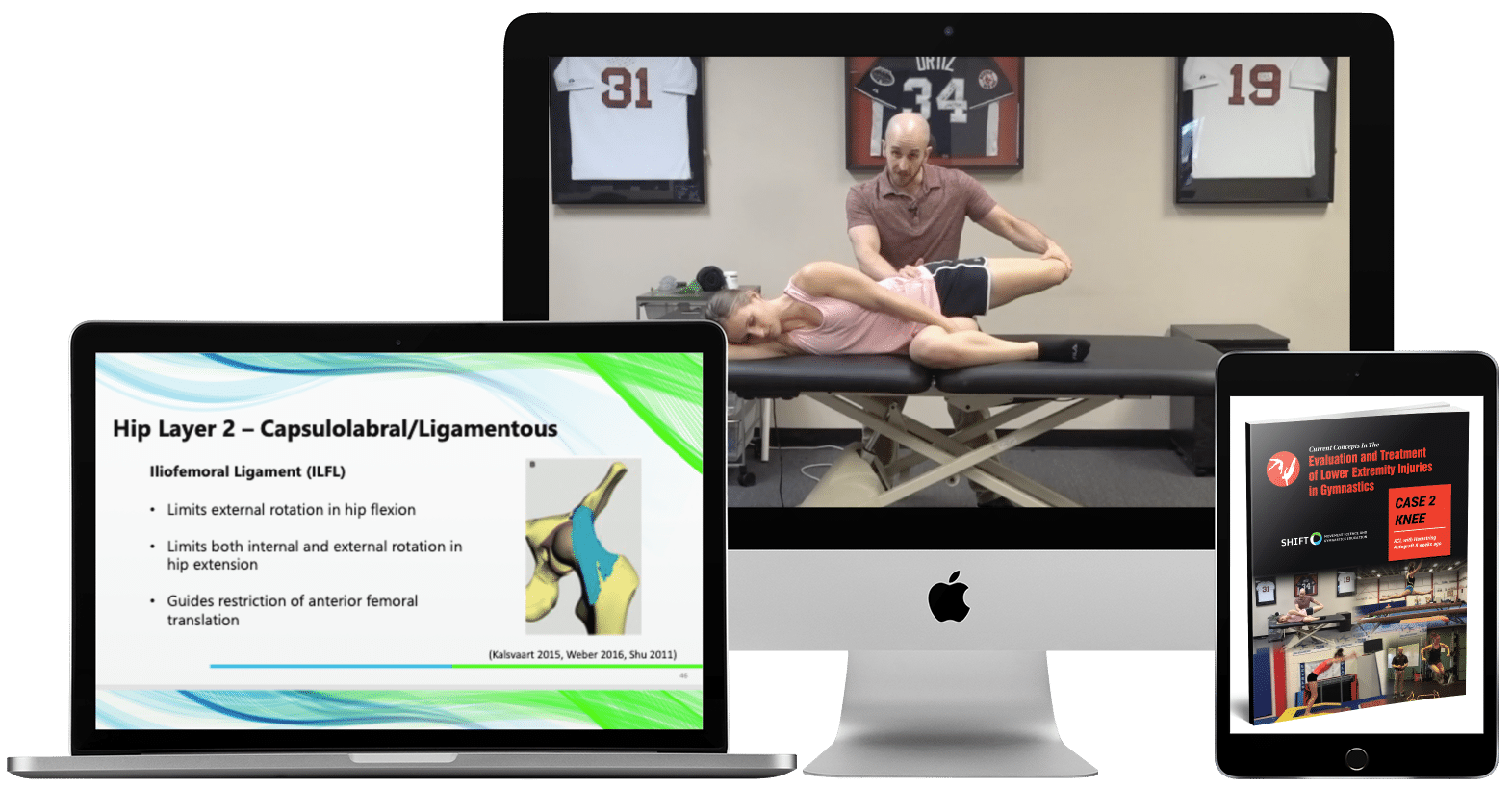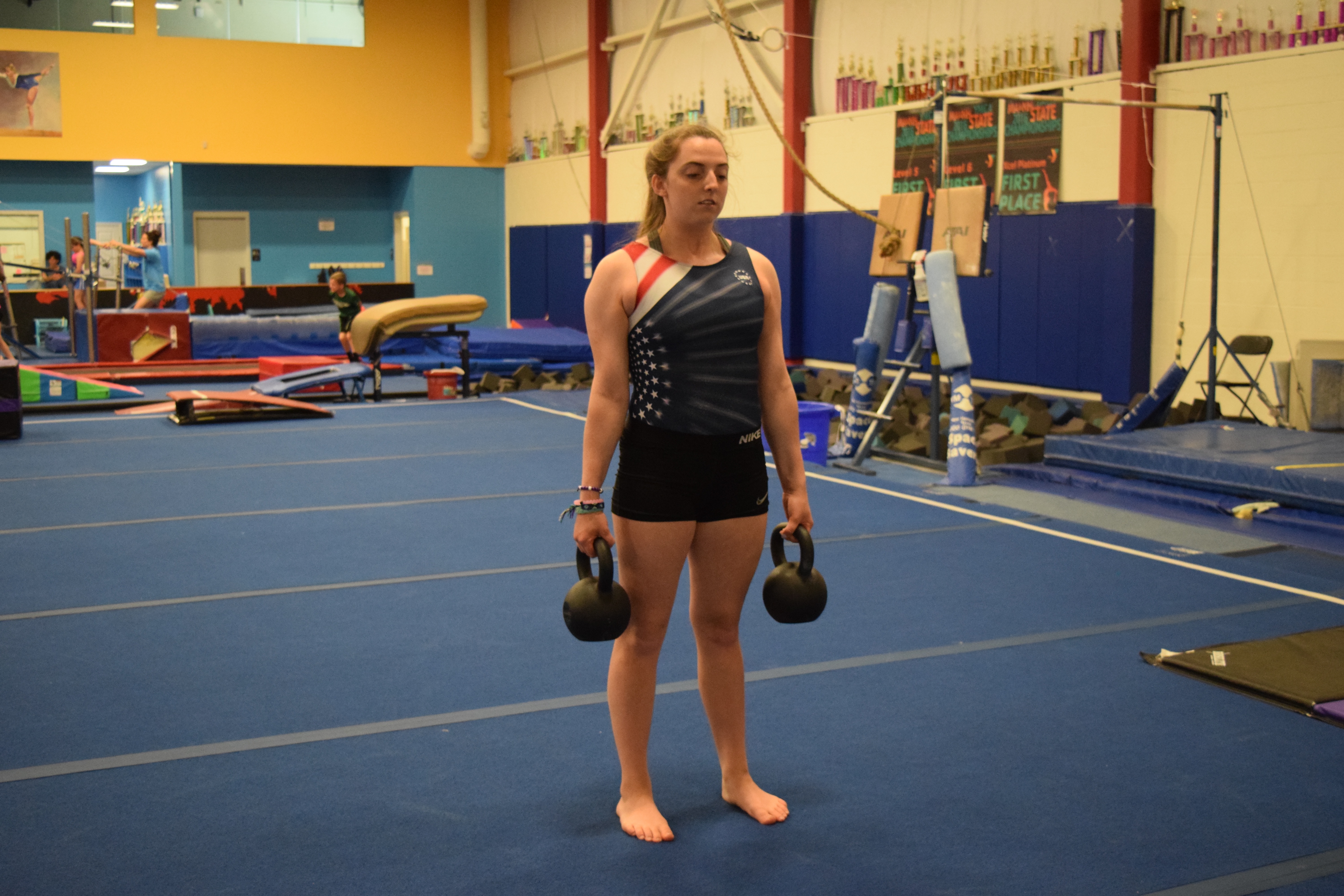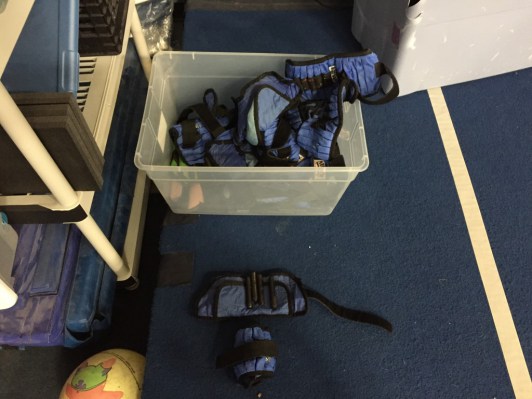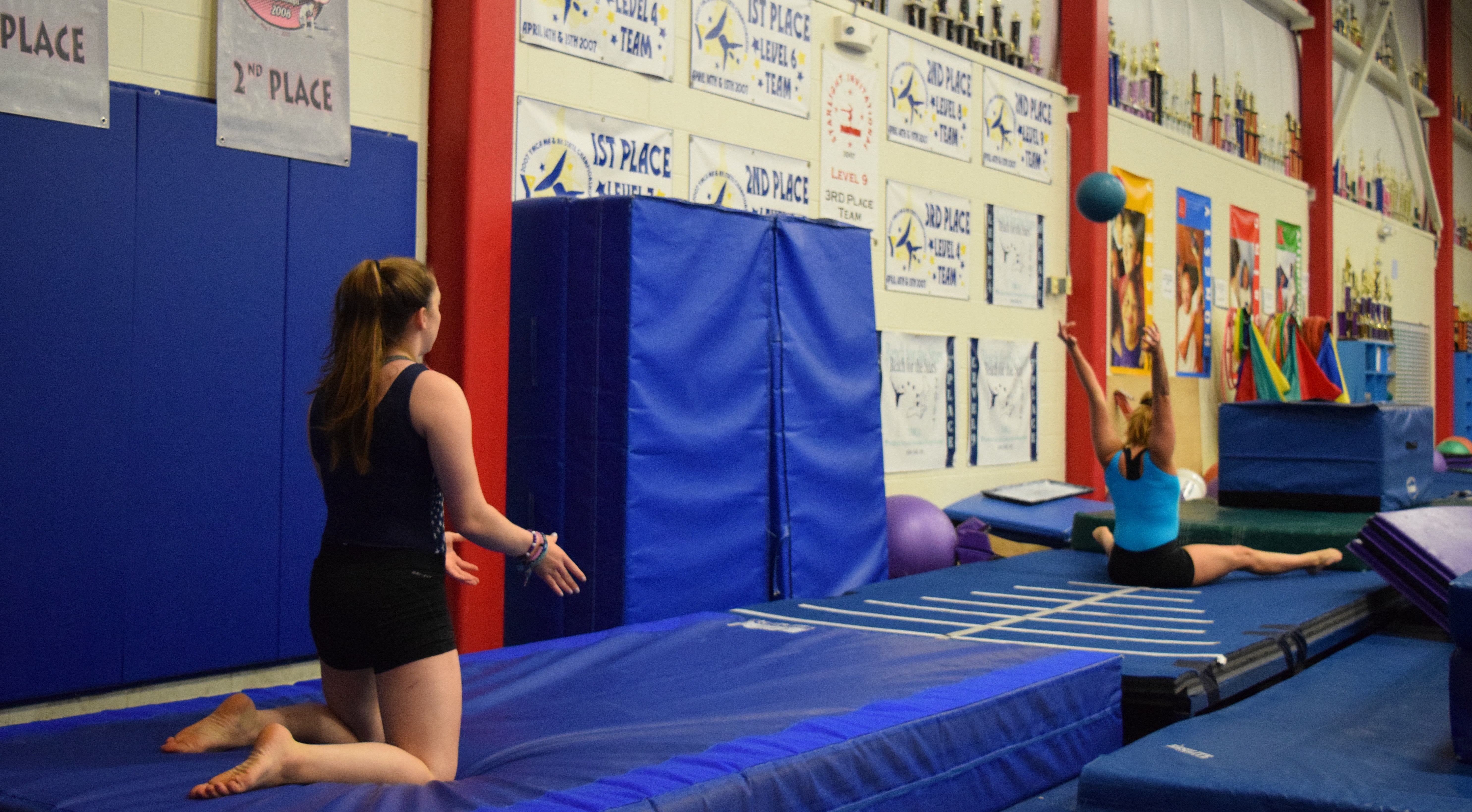5 Must Use Plyometric Exercises for Gymnastics Knee and Ankle Rehabilitation
Rehabilitation for gymnasts with hip, knee, and ankle injuries can be extremely complex, and often frustrating.
Research shows that up to 71% of gymnastics injuries occur in these body parts. Although it’s mind-boggling to consider, it’s not shocking considering impact forces have been recorded between 8.9 – 14.9x body weight.
I, unfortunately, have treated or consulted with 1000’s of gymnasts for various impact-related lower extremity injuries. Some are less severe like ankle sprains or mild growth plate irritations. Others are much more severe like surgical interventions for labral repairs, ACL tears, or Achilles ruptures.
Although each of these injuries come with very unique rehabilitation processes, one thing is universal – they all require a careful, progressive return to impact progressions.
The impact forces of even basic gymnastics skills are massive. If as medical providers we don’t slowly build up their impact capacity, we may be setting someone up for lots of headaches when they try to get back into the gym.
Over the years, I’ve learned a lot of great progressions for plyometrics. I wanted to share 5 of my favorite to help the gymnastics medical community out. They range from easier and lower impact to harder and higher impact.
Table of Contents
1. Pogo Hops
In any gymnastics lower extremity rehab, my first re-introduction to impact is pogo hops. They are very easy to understand and come with pretty low risk once you have moved through the proper strength phases. I also use the closely related in and out hops which are more side to side force than vertical force.
2. One Way Hurdle Hops with Sticks
The next progression I like to use are mini hurdle hops. The hurdles usually force the gymnast to use a bit more power, which comes with more landing and impact forces to handle. As you’ll see below, both forward and sidways hops are good to program.
An important note is that I always start with ‘sticking’ each landing. One, it helps re-teach crucial landing patterns. But two, by not connecting the jumps with rebounds, we are reducing the overall concentric – eccentric coupling force. This again is intentional to safeguard against sudden spikes in unexpected workloads.
3. Box Jumps to Depth Jumps
I like box jumps and depth jumps because you can adjust the size of the box based on the athlete’s height, ability, and rehab status. I also really love them because you can start adding both vertical force components (depth jump to max height jump) and horizontal components (depth jump to max broad jump)
I usually start with a 12″ box, using the same “sticking” approach from above to first make sure their strength, mechanics, and dynamic stability are sound. Then, over a week or two we progress to 18″ boxes and rebounding depth jumps.
4. Three Way Hurdle Drill with Rebounds
This is one of my favorite plyometric drills for gymnasts. It really starts to push the ability to rebound quickly, and also move in multiple directions.
Also, as you can see in the video I have started using medium-sized hurdles. By using higher hurdles, we place more demand on the gymnast as they must use much more power to clear each one. Be sure to face the hurdles all outward, so they can easily tip over in case they clip their toe.
5. High Impact – Single Leg Split Squat Rebounders
This one is quite the doozie, and should only be used in the most advanced phases of rehabilitation.
For one, we are taking the rebounding from above and asking for max effort height. But second, we have moved to a single leg which means a much great amount of force is being loaded through the foot, ankle, hip, and knee joints.
A pro tip, after a dynamic warm-up I would put these first so the athlete can really focus on high quality and stay safe.
Want To Learn The Exact Rehab Protocols I Use for Gymnastics Hip, Knee, and Ankle Injuries?
The drills above are a tiny fraction of the exercises, progressions, and principles you need to successfully treat a gymnast. Knowing how to progress them based on double or single leg, adding weight, total volume, and speed is essential.
If you want to learn literally everything I do when treating gymnasts for lower-body injuries, be sure to check out my brand new course that just launched today – Recent Advances in the Evidence-Based Evaluation and Treatment of Lower Extremity Injuries in Gymnastics.
For the first time ever, I’m sharing the exact step by step process I’ve use when treating 100’s of gymnasts with hip, knee, and ankle injuries.
To make things better, I’m giving it away at 50% off ($124 discount) this week only.
Click below to see why this is SHIFT’s most anticipated gymnastics medical course ever!
Recent Advances in The Evidence-Based Evaluation and Treatment of Lower Extremity Injuries in Gymnasts

